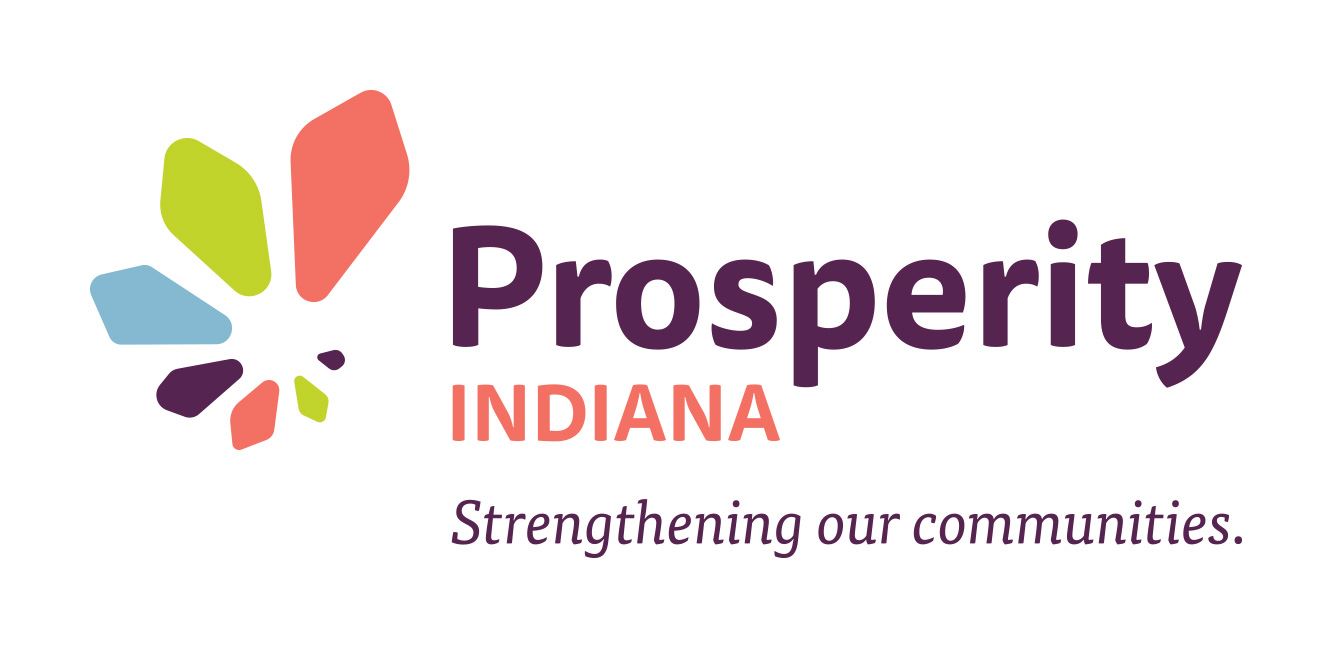During the 1960s, an alternative model for delivering health education to "hard-to-reach populations, traditionally excluded racial/ethnic groups, and other ... underserved communities" was gathering steam. The "instructors" of health education were called promotores de salud ("promoters of health"). Rather than being health care professionals, promotores were lay community members who received specialized training to provide basic health education. The practice was, and remains, especially popular in Latino communities where citizenship, language, and familiarity with the health care system are common barriers to accessing care. The core objective of the promotora is to educate target audiences about health issues affecting their community and provide guidance in accessing health care resources.
The model is lauded as innovative because it leverages existing social networks to deliver peer-to-peer education. People often seek advice from peers, even when these individuals lack specialized knowledge or training. If misinformation is held by a community member, particularly by a figure of respect, it is likely to be passed on toothers thereby reinforcing the misinformation and resulting in negative consequences on the physical, mental, financial (and so on) health of the community. Formalizing this peer instruction in social networks by recruiting and training promotores has been shown to limit the spread of misinformation and positively affect behavior change.
Acknowledging the successes of the promotora model, the government has even taken steps to institutionalize it in our nation's health care system. In 2011, the U.S. Department of Health and Human Services (HHS) launched the Action Plan to Reduce Racial and Ethnic Disparities. The Plan includes a Promotores de Salud Initiative to "promote the participation in health education ... prevention, and health insurance programs" of the Latino population.
The application of the promotora model from a health care application to a financial literacy application shows promise as an alternative model to deploy financial education to these same "hard-to-reach populations, traditionally excluded racial/ethnic groups, and other ... underserved communities." (For example, proponents of the promotores de salud model cite the comparatively high uninsured rate among Latinos, especially immigrants, as evidence of its necessity. High uninsured rates among Latinos parallels their high un- and under-banked rates. In Indiana, 17 percent of White households are un- or under-banked compared to 63.3 percent of Hispanic households.) In 2010, three community organizations serving low-income communities in South Texas piloted a promotores de finanzas ("promoters of finance") program.Promotores worked with community organization coordinators to develop benchmarks of financial health. Each promotora received a small monthly stipend and managed a caseload of 5 or 6 families with whom they met weekly. The relationships operated on a voluntary basis and ended when the families felt financially stable or disengaged for personal reasons.
Although there were challenges, the pilot was successful in achieving its intended objectives—to raise awareness, teach basic financial management skills, build relationships, and empower financial planning. These objectives generated a number of positive outcomes, such as increased enrollment in public benefits programs (e.g. SNAP, childcare assistance, and Medicaid) which are often underused; increased use of financial resources (e.g. VITA, EITC, IDAs); mastery of financial literacy competencies; and increased trust between communities and the formal banking system.
Anecdotes from the field demonstrate the promotora model's ability to provide a "culturally competent" approach to financial education. For example, a promotora spoke to a client who expressed frustration about their inability to save money for long-term financial goals. The promotora joked that she knew the client could save lots of money because his family had hosted a quinceañera for their daughter's birthday and quinceañeras cost a lot of money. The client laughed, agreed that they were capable of saving, and the session continued in a more positive manner than it had begun. This narrative shows that a pre-translated version of a financial education program may only be a literal translation of a program designed for middle-class Americans, making it unsuitable for low-income immigrants. Small changes to a curriculum or conversation, such as referencing cultural traditions, can have an out-sized impact on participant engagement and behavior change.
Although relatively new, the appropriation of the promotora model from a health care application to a financial literacy application shows promise to deploy financial education in a culturally competent way.

